In 2005, the Vietnamese gaming community saw the launch of the first MMORPG titled “The Legend of Sword and Fairy.”
Published by VNG, this immersive role-playing game quickly became a cultural icon for the 8x and 9x generations. With its modest 2.5D graphics, engaging gameplay steeped in martial arts, and intense PvP battles, “The Legend of Sword and Fairy” has captured the hearts of millions, making it a staple in the gaming landscape for nearly two decades.
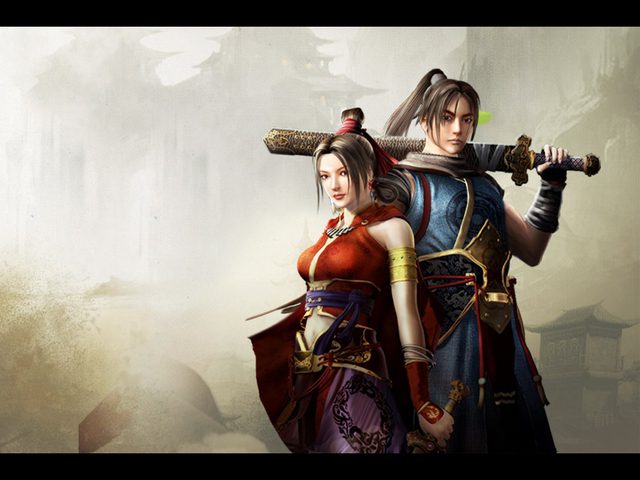
However, looking back 20 years later through the lens of today’s technology reveals a stark contrast. In 2025, the gaming industry is on the verge of entering the era of Unreal Engine 5 – a platform that promises cutting-edge graphics that could elevate the gaming experience to extraordinary levels.
In this evolving landscape, many players have begun to ponder: If “The Legend of Sword and Fairy” were to be remade on the UE5 platform, what would the gaming world look like?
Let’s compare: The 2005 version of “The Legend of Sword and Fairy” was designed with a top-down perspective, featuring simple character animations and a martial arts system that relied on static image sequences. The environments, while creatively crafted, often felt limited due to the constraints of technology at the time. This was an era where players had a more simplistic view of the gaming experience.

But what if “The Legend of Sword and Fairy” were to be integrated into Unreal Engine 5? Imagine the vivid landscapes illuminated under dynamic lighting, with characters flowing seamlessly through a richly detailed world. The battles would be rendered with lifelike physics, real-time lighting, and immersive environments that respond naturally – a far cry from the limitations of 2005.
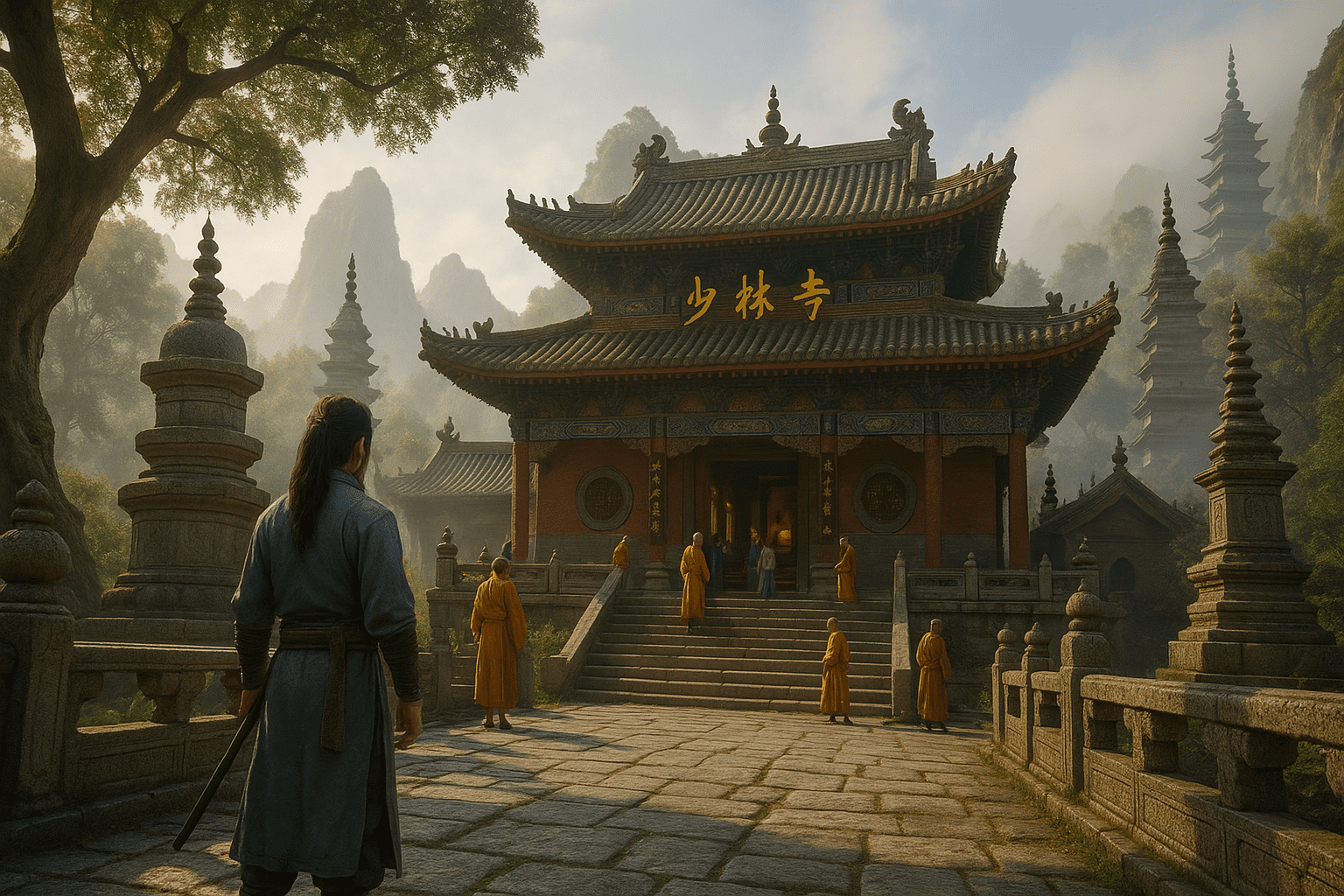
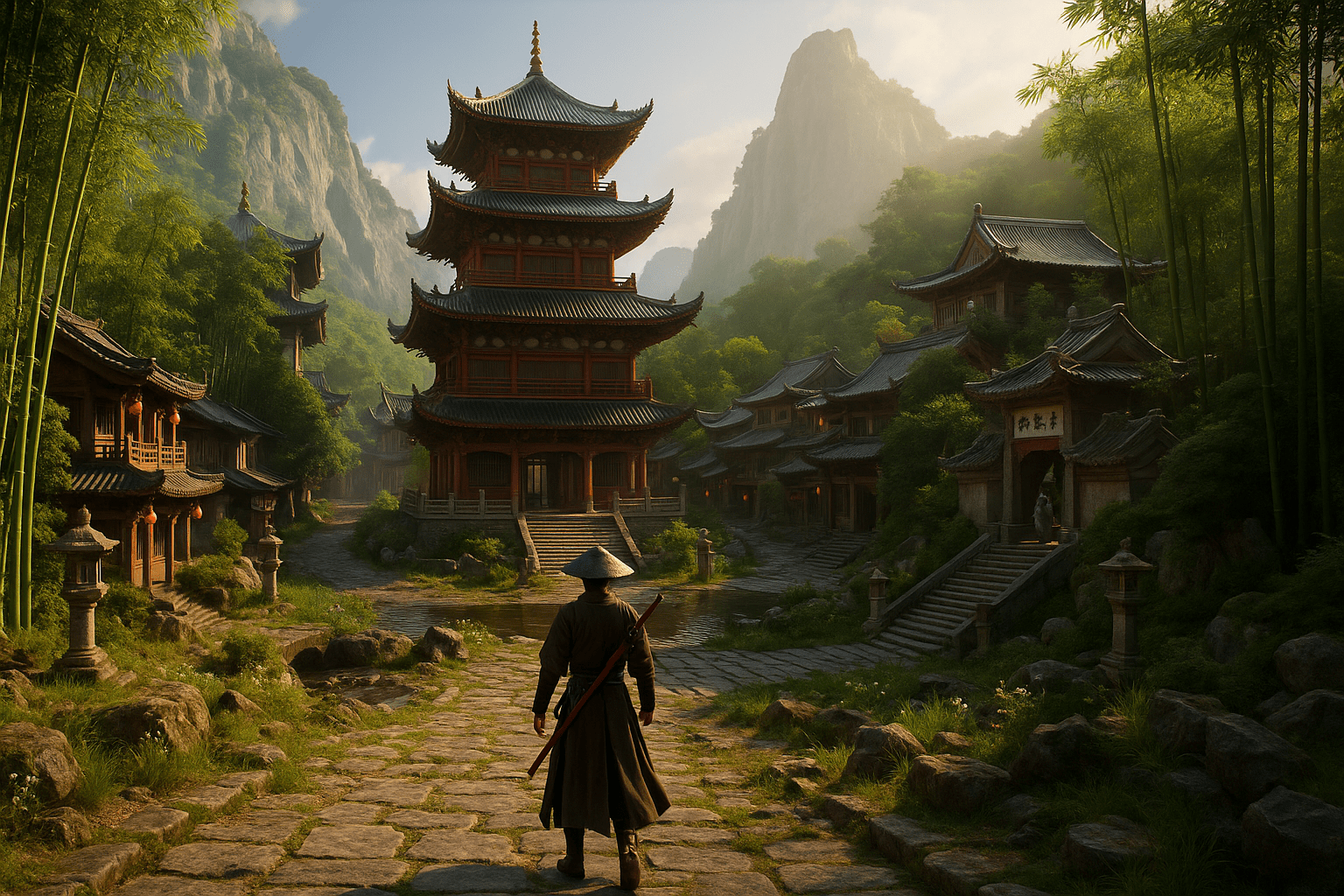
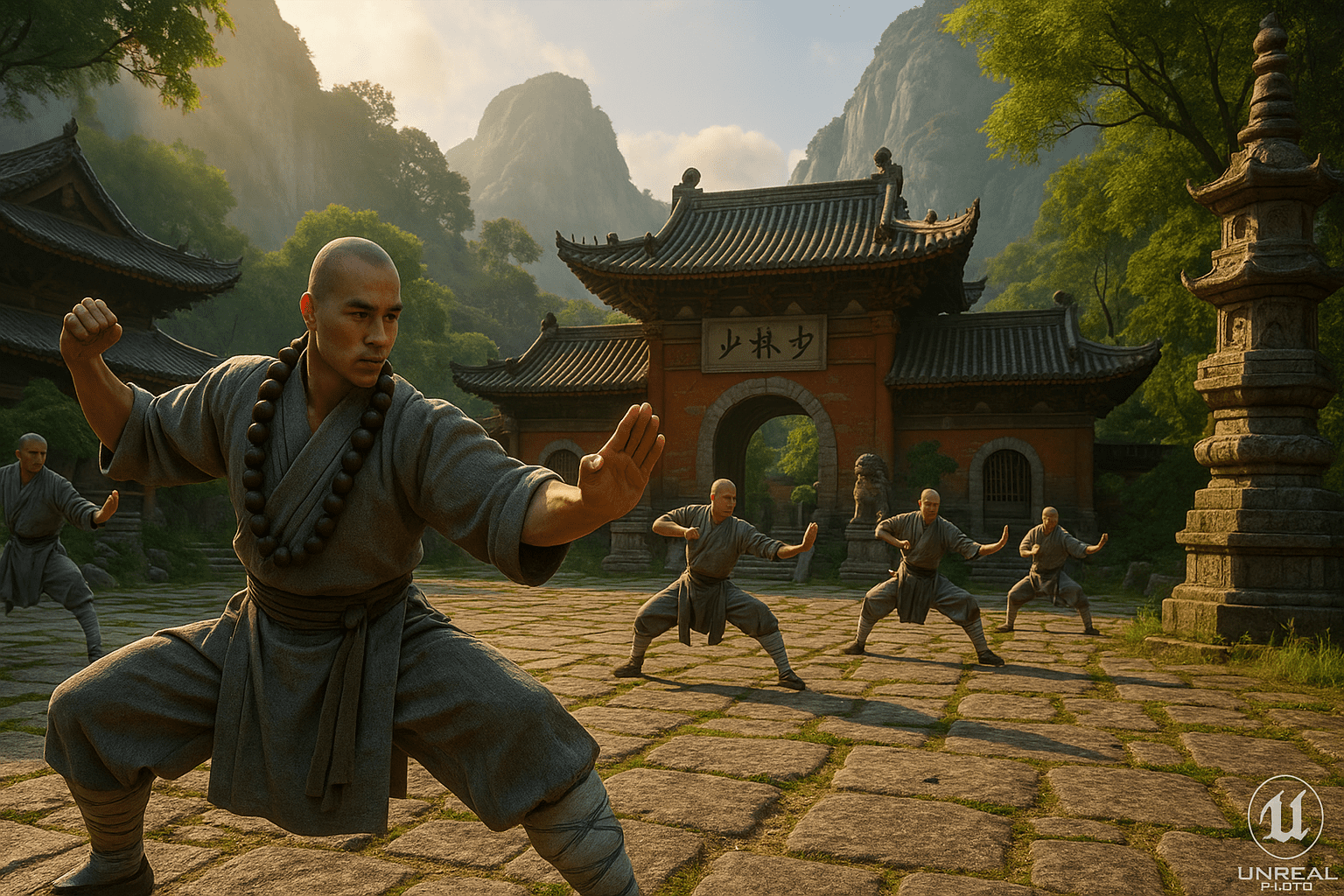
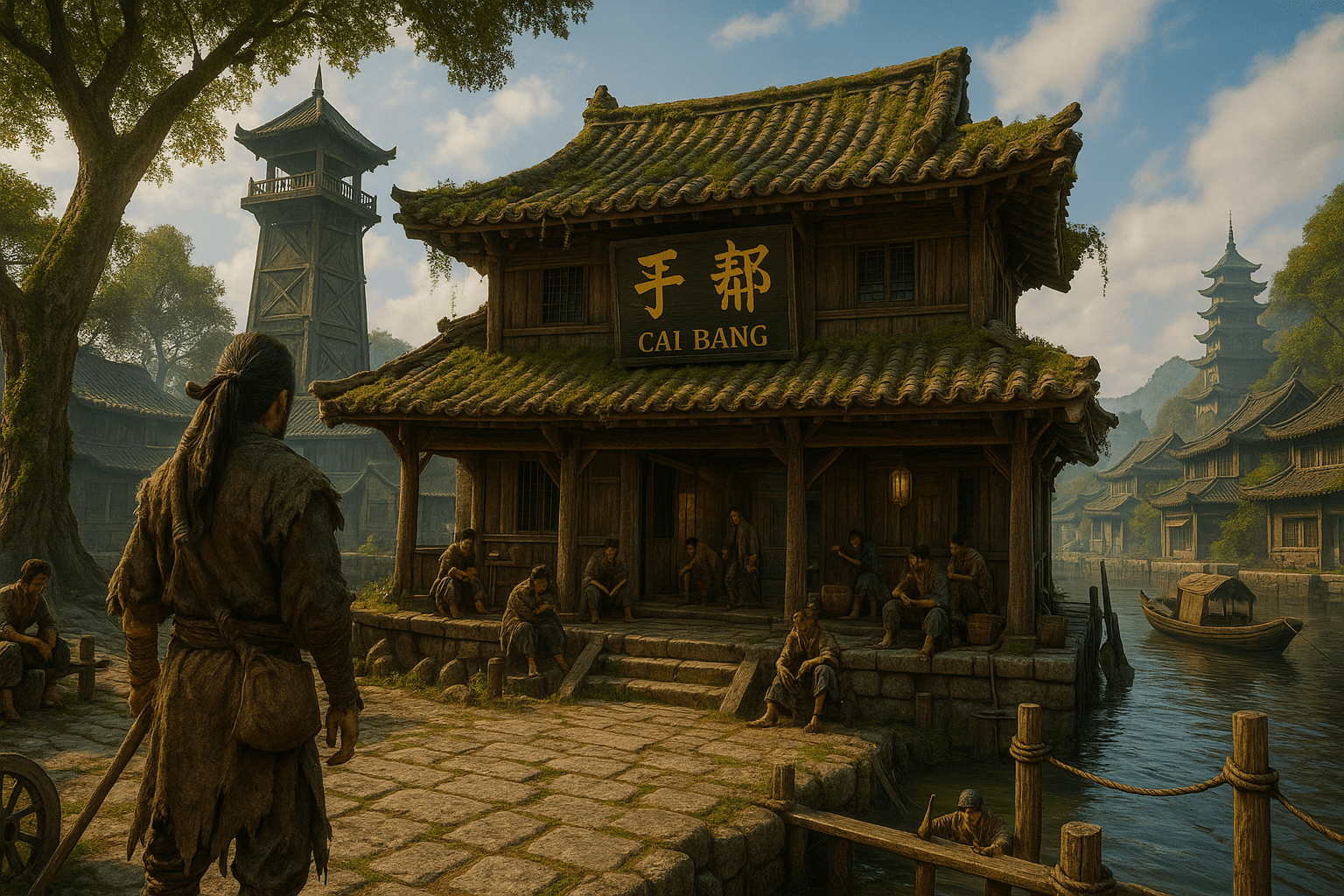


As we celebrate the 20th anniversary of “The Legend of Sword and Fairy,” many veteran gamers express nostalgia and excitement. Despite the advancements in technology, the emotional connections formed through chat interactions, intense PvP encounters, and epic battles at locations like the Tam Duong Temple have left an indelible mark. The differences in gameplay experiences between the nostalgic past and modern gaming are not solely about technological evolution but also reflect the growth of gaming culture itself. And who knows, in the near future, we might witness a remake of “The Legend of Sword and Fairy,” not just visually stunning but also preserving the essence of the legendary world it represents – a feat that no engine could replicate, aside from the hearts of the players themselves.



















